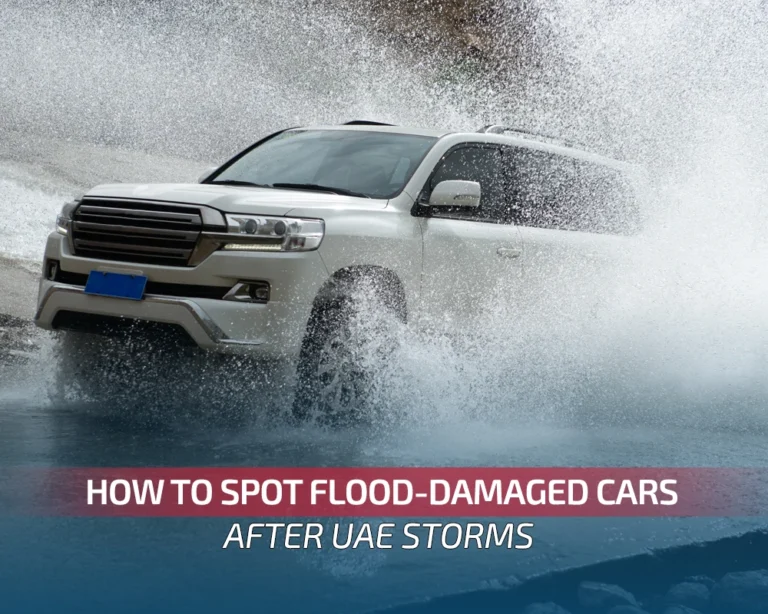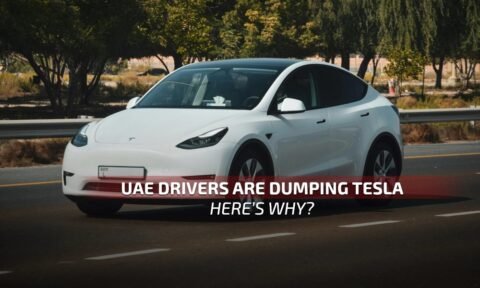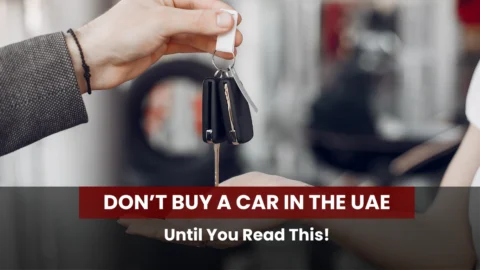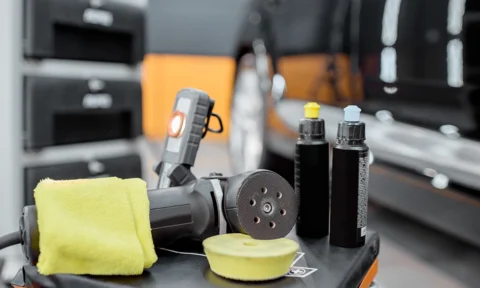In April 2024, the UAE witnessed one of the worst storms in recent history.
Roads turned into rivers, underground parking lots were submerged, and thousands of cars were written off by insurance companies due to flood damage.
But not all those vehicles stayed off the market.
Many of these water-logged cars are now quietly resurfacing in classified ads, car dealerships, and auctions—with their histories concealed, or worse, wiped clean.
If you’re shopping for a used car in the UAE in 2025, you need to be extra cautious.
Flood damage doesn’t always leave obvious signs, but the long-term problems it causes—like corroded electronics, mold, and engine failure—can turn your dream car into a financial disaster.
In this blog, I’ll walk you through how to spot the red flags, what to look for under the hood (and carpets), and why a quick deal might cost you much more down the road.
Key Points Covered in This Blog:
- Why flood-damaged cars are making it back into the UAE market
- 7 signs a car may have been submerged in water
- Where sellers typically hide flood damage
- What to do if you’re suspicious
- Why a car history report alone isn’t enough
- How to safely buy a used car post-flood
Why So Many Flood-Damaged Cars Are Back on the Market
According to the news, nearly 20,000 vehicles were damaged during the April floods, many of which were declared total losses by insurers.
But here’s the catch: not all these cars end up in scrapyards.
Some are bought by dealers or individuals at auctions for cheap, cleaned up just enough to look decent, and then re-listed—often with no mention of flood history.
Because UAE car markets are so active, and resale is common, there’s a high risk that unsuspecting buyers will pick up a flood-damaged vehicle without realizing it.
1. Musty Smells and Mold Are the First Giveaways
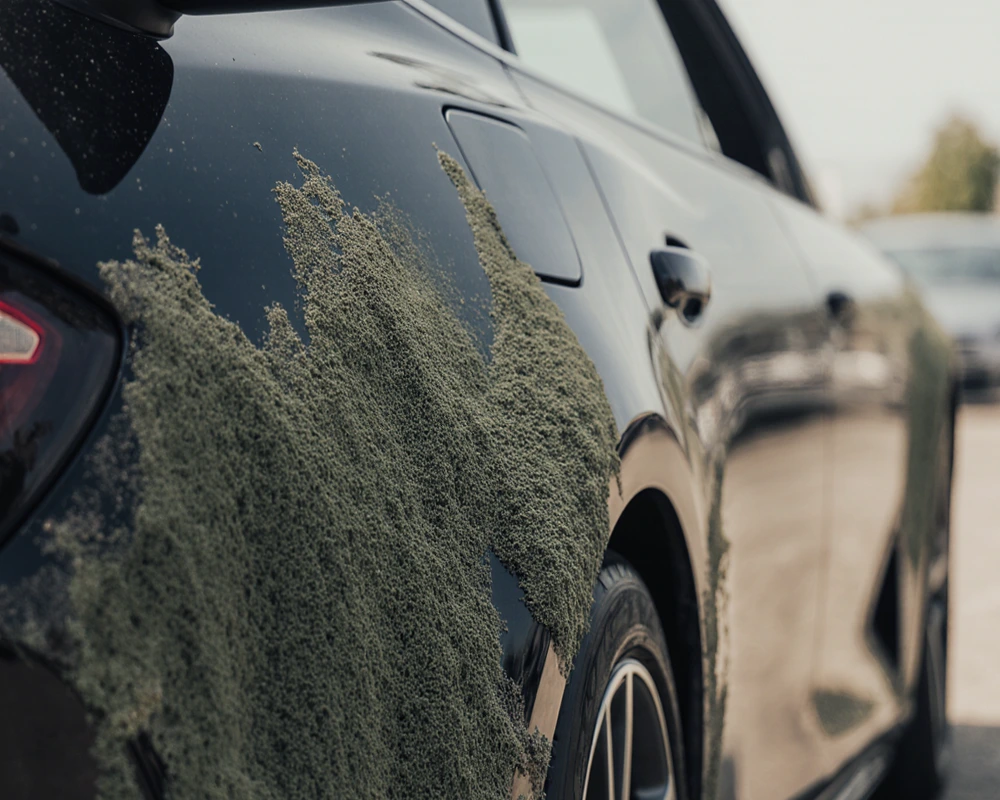
Let’s start with the easiest red flag: your nose.
A persistent musty or damp smell inside the car usually means water made its way into the cabin and didn’t dry out properly.
Even if a car has been detailed to smell fresh, pay attention to how overpowering any air freshener is—it could be masking mold or mildew.
Check under floor mats and in the trunk.
If you see moisture, dark spots, or fuzzy white mold, walk away.
2. Foggy Headlights and Water Inside the Taillights
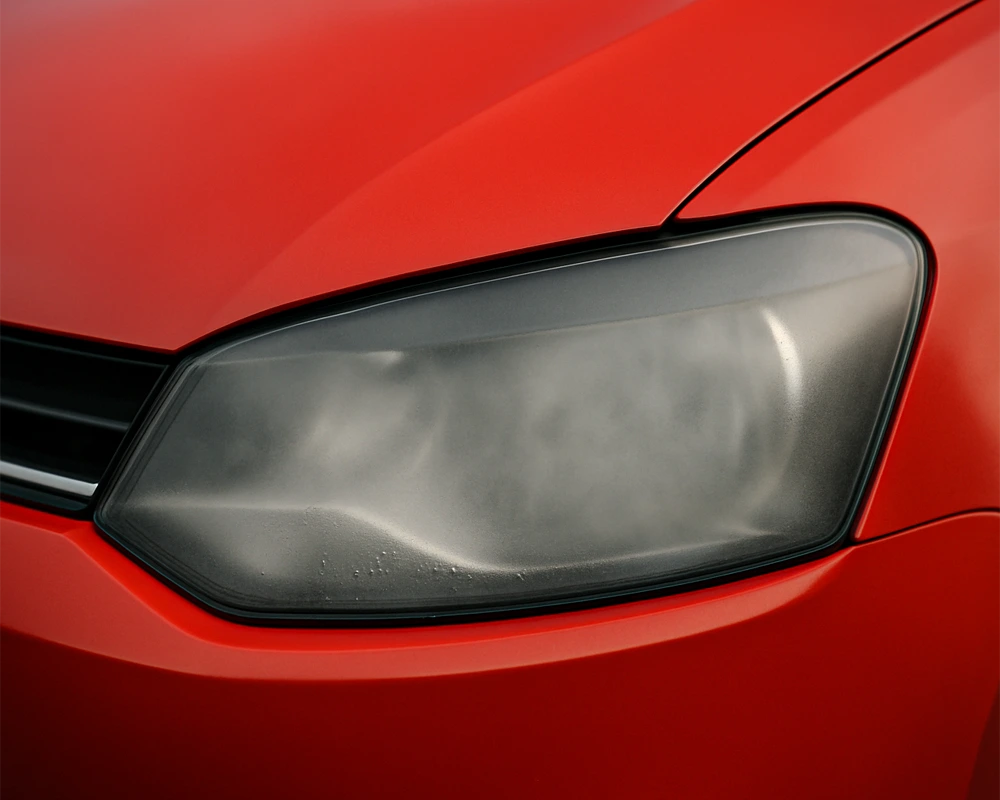
Moisture trapped in lighting units is a big giveaway.
Headlights or taillights that appear foggy from the inside or have water droplets are signs that the car was likely submerged.
Even if a seller claims it’s just “condensation” from washing the car, be skeptical—especially if you notice it in more than one light sources.
3. Water Lines, Rust, or Dirt in Odd Places
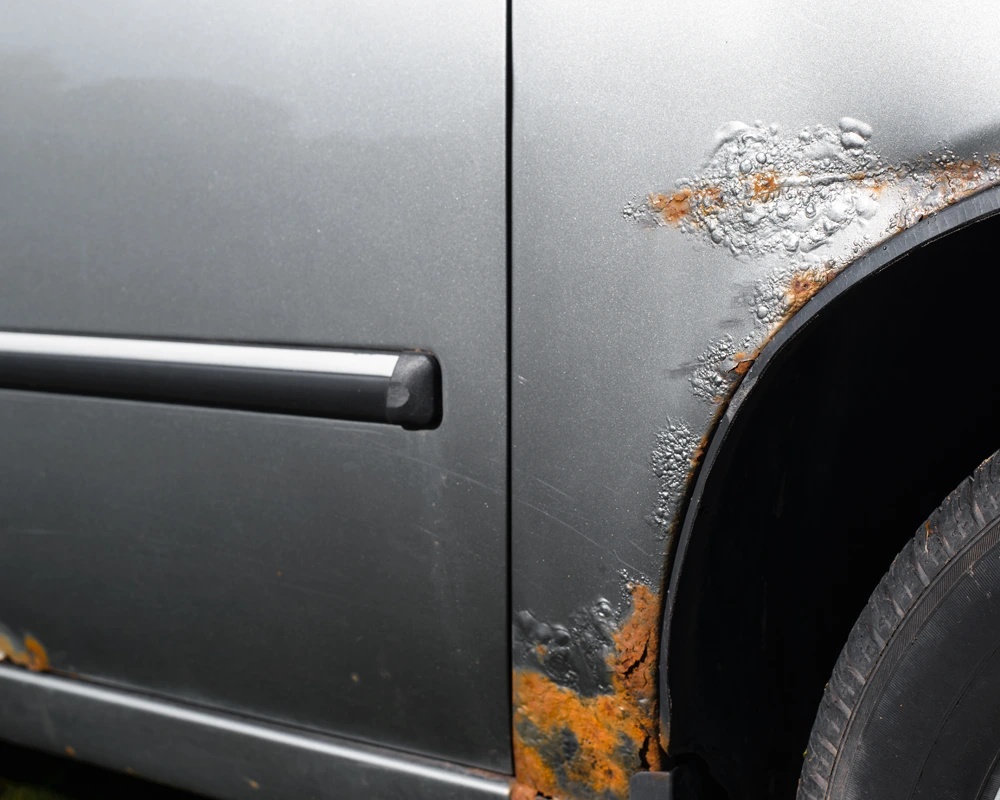
Water damage always leaves a trace.
Look at:
- Seat bolts or seat tracks: rust here is a strong indicator
- Inside door panels and the glovebox
- Engine bay corners for silt or mud
- Spare tire well in the trunk
These are spots where dirt and water tend to settle but are often missed during a surface-level cleaning.
4. Faulty Electronics or Glitchy Features
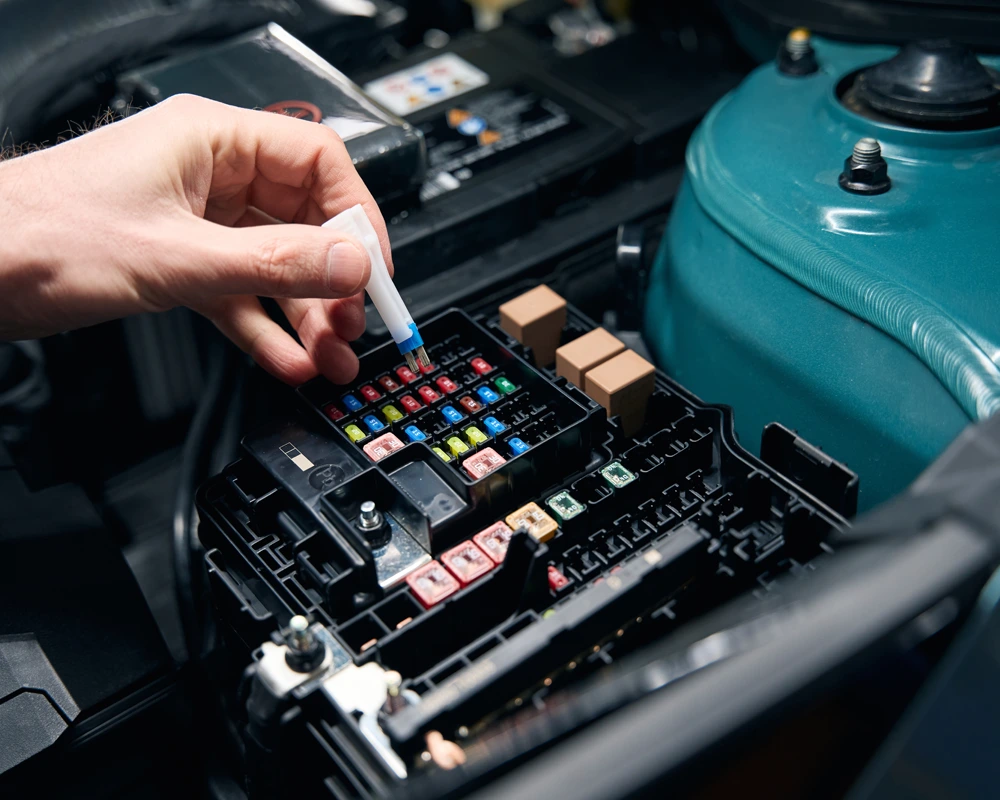
Water and electronics do not mix—ever.
If the infotainment system restarts randomly, the power windows hesitate, or warning lights flicker, there’s a good chance the car’s electrical system has been compromised.
Sometimes, these problems won’t show up right away.
That’s why it’s smart to test everything during your inspection—sunroof, AC, backup camera, seat adjusters, etc.
5. Discolored Upholstery or Mismatched Carpets
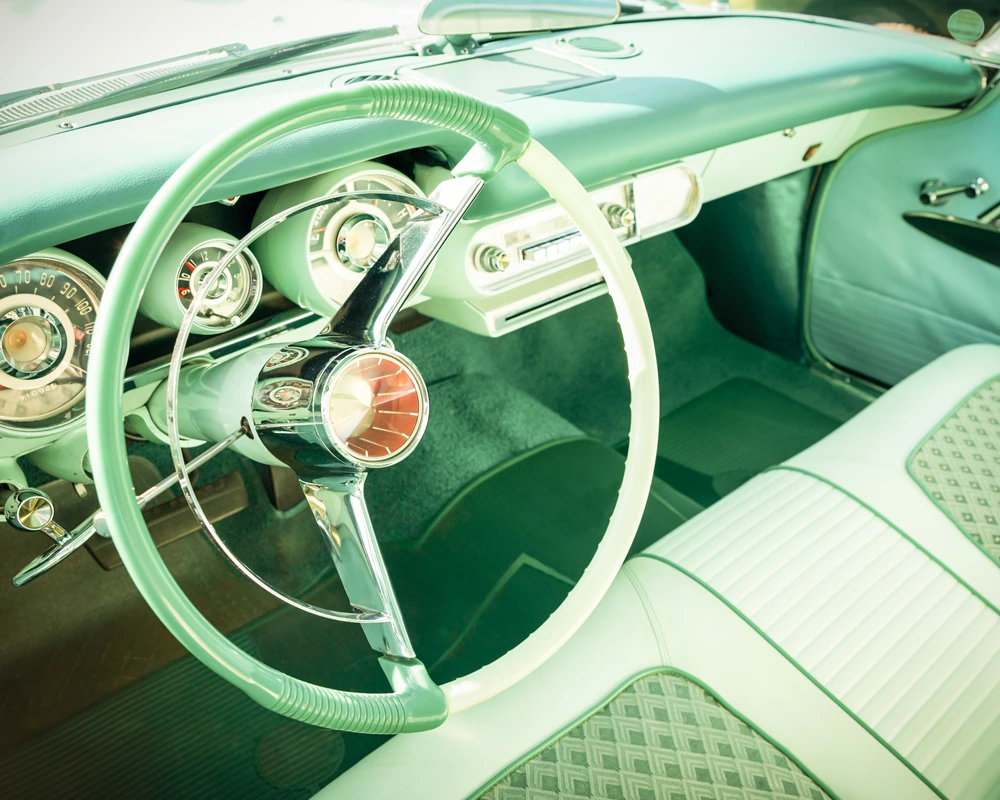
One trick shady sellers use is replacing only parts of the upholstery or carpeting.
For example, they’ll change the driver’s side floor mat but not the passenger side.
If the carpets, mats, or seat fabrics don’t match exactly—or look newer than the rest of the interior—it could mean the originals were water-damaged and swapped out.
6. VIN Checks Can Help—But They’re Not Foolproof
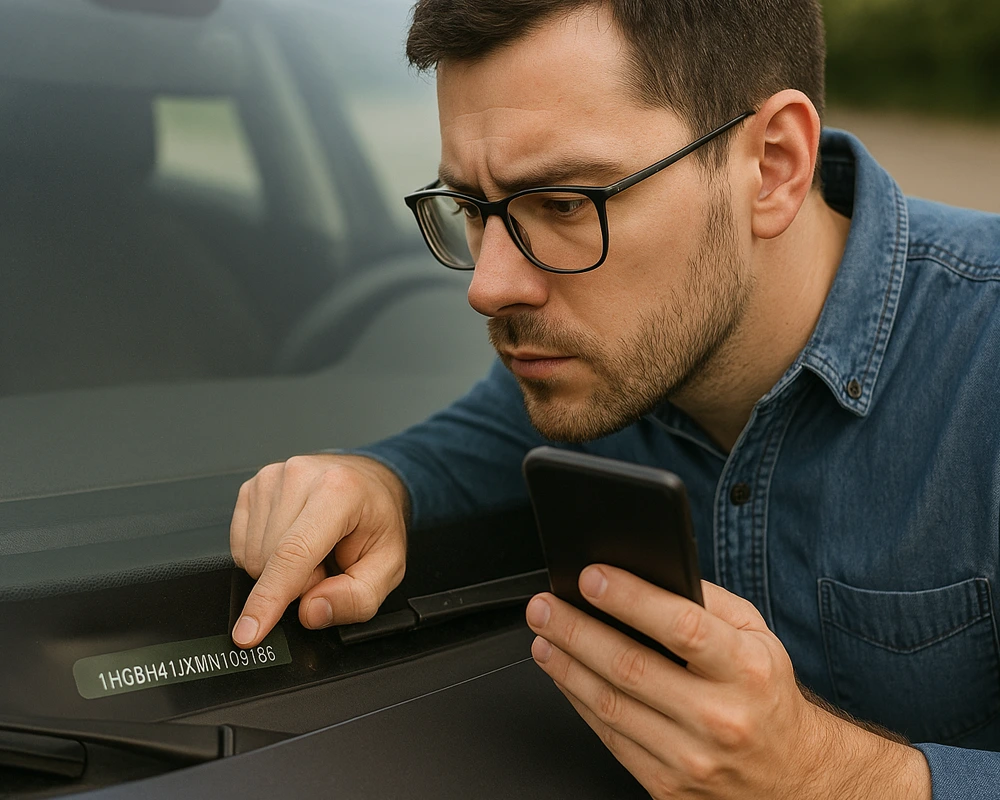
Yes, you should absolutely run a VIN check through services like CarReport UAE or international ones like Carfax or AutoCheck.
But remember, a clean report doesn’t guarantee the car is flood-free.
Why?
Because not all flood incidents are reported to insurance companies, and many vehicles get exported and re-registered without their damage history.
So, use VIN reports as one layer of verification—but not the only one.
7. Get a Professional Inspection—Period

If there’s ever a time to spend money on a pre-purchase inspection, it’s now.
Ask for a trusted third-party mechanic (not one affiliated with the seller) to do a thorough inspection—especially for hidden moisture, frame rust, or electrical issues.
Many buyers in the UAE skip this step to save time or money, but in a post-flood market, it’s non-negotiable.
Even if the car seems perfect, a professional can detect flood-related damage that you might easily miss.
Bonus Tip: Be Wary of “Too Good to Be True” Prices
If you see a 2022 model with low kilometers going for 20–30% below market value, there’s a reason.
Sometimes, the seller is just desperate.
But in a post-flood scenario, that low price is often hiding a massive problem.
When I browsed through Dubizzle recently, I saw dozens of listings that looked suspiciously well-priced.
(Example image from Dubizzle website, where you can cars. The original price of Hyndai Elantra is anywhere from 100k to 200k AED new, and this is 1/4th the price at 0 kms. Seems too good to be true)
Combine that with vague descriptions and no service history—and you’ve got a recipe for regret.
Final Thoughts: Flood-Damaged Cars Are a Silent Risk in 2025
The aftermath of the UAE’s historic flood is still rippling through the used car market.
While not every seller is dishonest, the lack of transparency in some listings is deeply worrying.
Buying a used car should bring peace of mind—not a list of expensive surprises down the road.
So be thorough. Check the carpets, sniff the cabin, test every button, and never skip an inspection. A few extra hours of research could save you months of hassle—and thousands of dirhams.Because once you drive off with a flood-damaged car, it becomes your problem.


